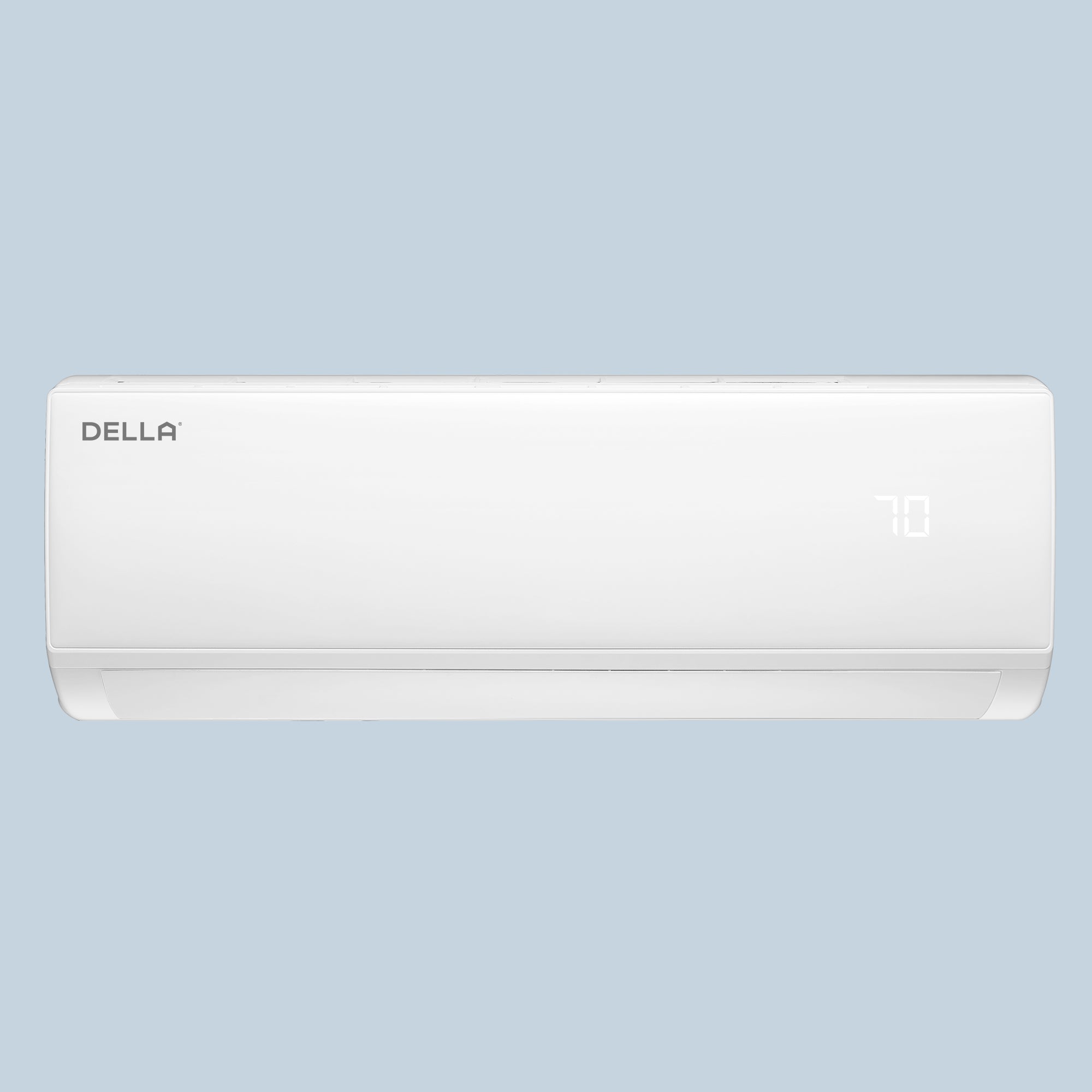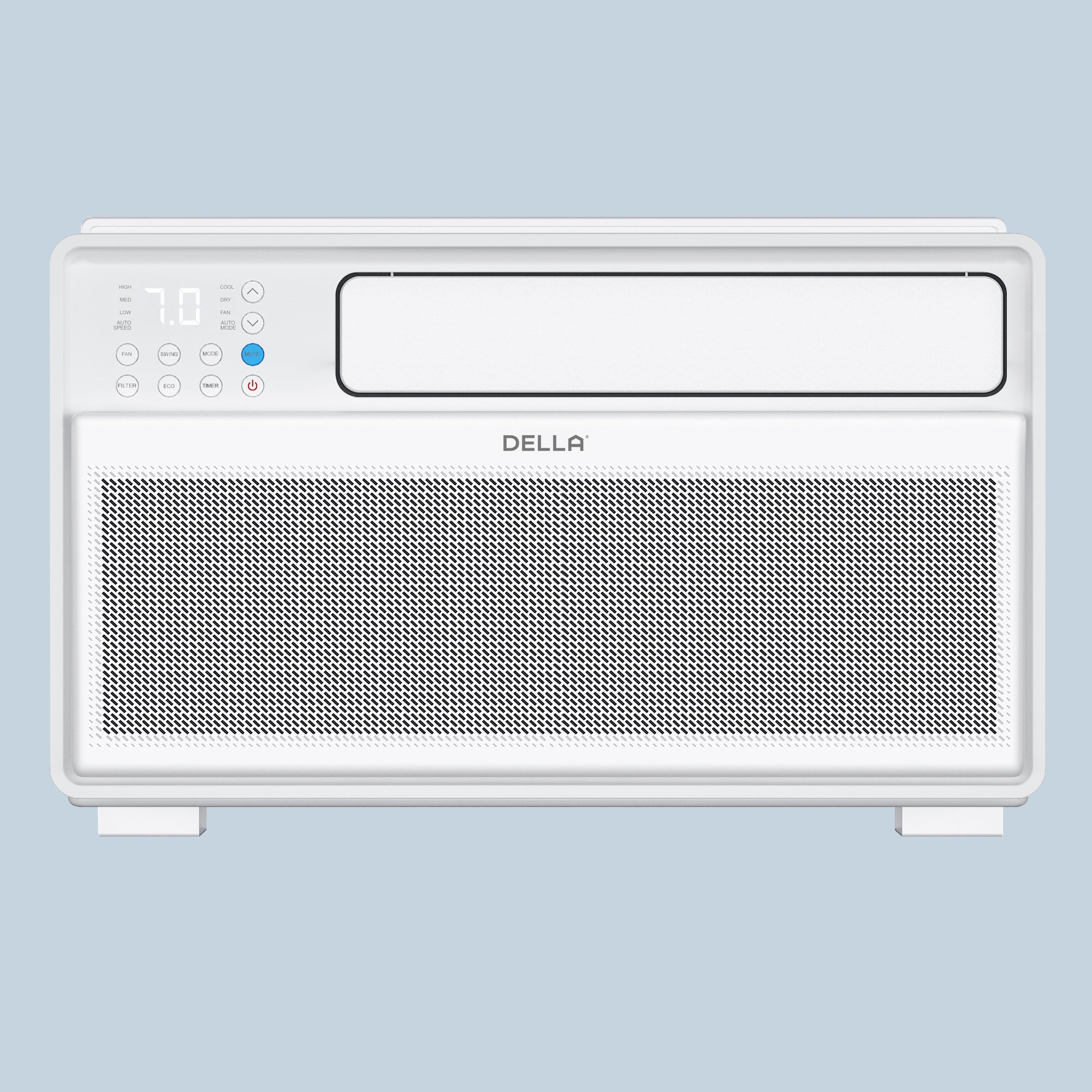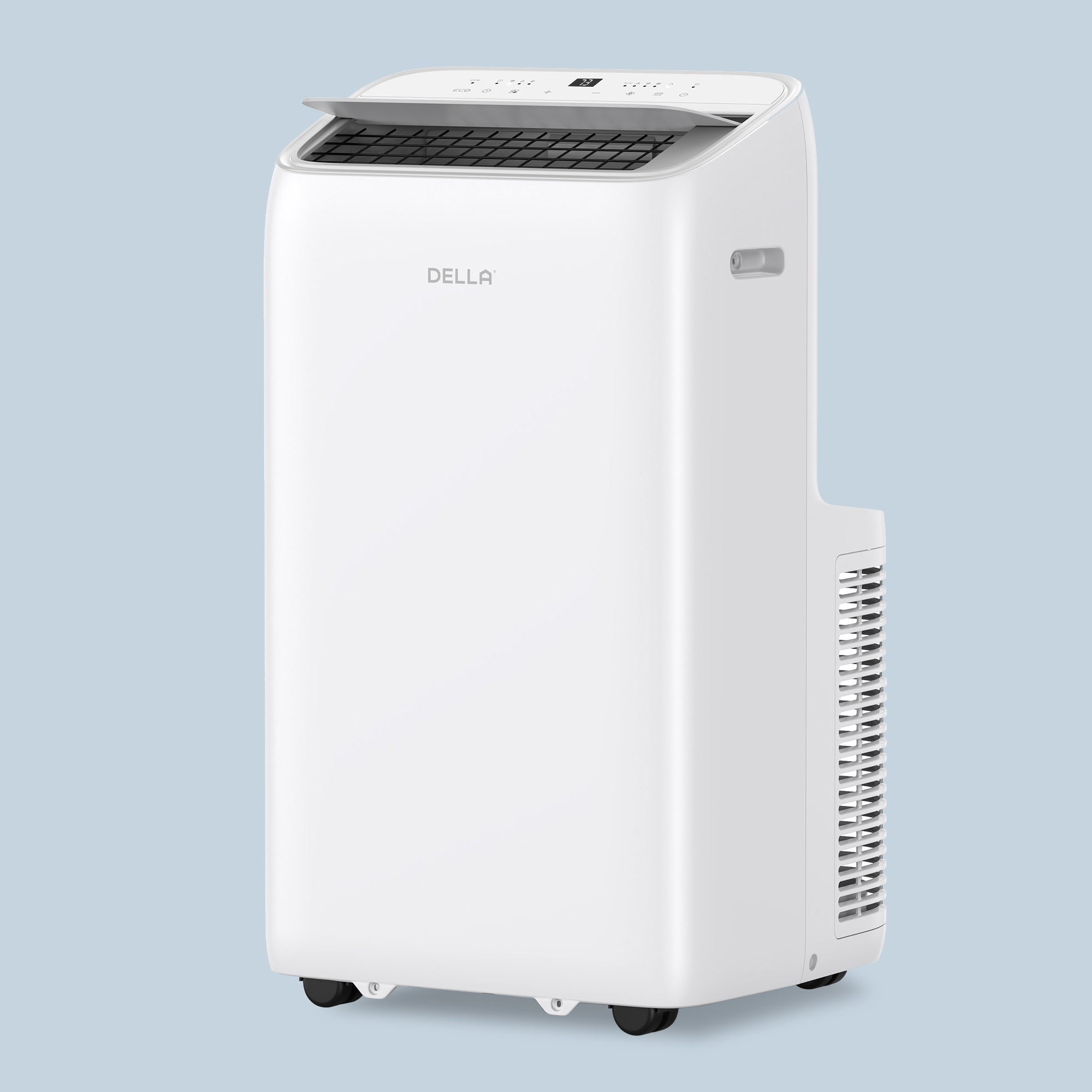Are you rightfully worried about the high costs of air conditioning in the summer? But, you know, you need to stay cool? Then you must seriously consider portable air conditioners. Compared to traditional ACs, portable air conditioners deliver instant cooling, hassle-free setup, and significant savings, making them the go-to choice for savvy homeowners.
But how do portable air conditioners work? This article breaks down all the information you need to know in simple terms, covering their advantages and disadvantages, how they operate, and other relevant aspects.
How Do Portable Air Conditioners Work
When shopping for portable air conditioners, you may wonder: How do these portable ACs work?
There are three primary types of portable air conditioners: ductless, single-hose, and dual-hose models. Different types of portable air conditioners have varying operating principles.
Ductless Portable Air Conditioners
Ductless portable air conditioners are compact, mobile cooling devices that do not require an exhaust hose or external duct to operate. Unlike traditional portable ACs that use refrigerant-based systems and need to vent hot air through a window, ductless units typically rely on evaporative cooling technology, also known as swamp coolers.
These units work by drawing in warm air, passing it through water-soaked cooling pads, and releasing cooler, moister air back into the room. Since they don’t require a window vent, they are easy to install and move around. Ductless portable air conditioners are best suited for dry, hot climates, as they add humidity to the air during the cooling process.
Single-Hose Portable Air Conditioners
Single-hose portable air conditioners are self-contained cooling units that use a single exhaust hose to vent hot air outside. The single hose serves two purposes: it pulls in air from the room to cool the compressor and then expels the hot air back outside.
Single-hose portable ACs are ideal for cooling small to medium-sized rooms, such as bedrooms, home offices, or apartments. They are typically more affordable and compact than dual-hose models, making them popular for renters or anyone needing a temporary cooling solution.
Dual-Hose Portable Air Conditioners
Dual-hose portable air conditioners are advanced cooling units designed to provide more efficient and balanced temperature control than single-hose models. These systems use two separate hoses: one to draw in fresh air from outside and another to expel hot air generated by the cooling process.
The key advantage of a dual-hose setup is that it prevents the negative pressure issue common with single-hose units. Dual-hose portable ACs are ideal for rooms over 300 square feet, including living rooms, master bedrooms, and home offices. They are also more suitable for areas with limited air circulation, such as server rooms or sun-exposed spaces.

Pros and Cons of Portable Air Conditioners
Portable air conditioners have not become a popular choice without reason. Below we provide some key advantages and use cases.
Pros of Portable Air Conditioners
There’s no need for professional installation of portable air conditioners. This makes them ideal for renters or anyone looking for a non-permanent solution.
Equipped with caster wheels and compact designs, these portable air conditioners can be moved easily from one room to another.
Compared to central or ductless mini-split systems, portable ACs are budget-friendly both in terms of upfront costs and maintenance.
Cons of Portable Air Conditioners
While portable air conditioners offer flexibility and ease of installation, they do come with several drawbacks.
Because all mechanical components are housed within the unit inside the room, they can be quite loud.
Most portable air conditioners still require venting hot air through a window or opening, limiting where the unit can be placed.
Portable ACs, especially single-hose models, tend to be less energy-efficient than window or split systems.
Best Portable Air Conditioners for Different Room Sizes
150, 250, and 400 square feet often represent the most common room sizes found in homes, apartments, and offices. Several portable air conditioners for each size are recommended.
Portable Air Conditioners for 150 Sq Ft Room
For small spaces like bedrooms, dorm rooms, and compact home offices, a portable air conditioner in the 6,000-8,000 BTU range is sufficient.
1. DELLA Traverse Series 8000 BTU
DELLA Traverse Series 8000 BTU offers efficient cooling with a sleek design.
Key Features:
- A built-in dehumidifier removes up to 48 pints/day
- 24-hour timer
- Sleep mode for quiet nighttime cooling
- Self-evaporating system for low maintenance
- Quiet GMCC compressor for reduced noise
- Adjustable window kit for easy setup
Portable Air Conditioners for 250 Sq Ft Room
Medium-sized spaces like living rooms, kitchens, and open-plan studio apartments require a stronger portable air conditioner, 10,000–12,000 BTU, to maintain comfort throughout the day.
1. DELLA Traverse Series 10000 BTU
DELLA Traverse Series 10000 BTU is designed for medium-sized spaces up to 250 sq ft, offering efficient cooling with smart convenience.
Key Features:
- Top-mounted LED display and remote control
- Smartphone app for smart temperature control
- 24-hour timer and auto-restart function
- A built-in dehumidifier removes up to 48 pints/day
- Operates at just 49 dB for whisper-quiet comfort
- Casters and side handles for easy movement
Portable Air Conditioners for 400 Sq Ft Room
Larger spaces like master bedrooms, home offices, and dens require a high-capacity AC unit: 14,000–16,000 BTU. These powerful ACs cool quickly and evenly, making them great for expansive rooms.
1. DELLA Velocity Series 14,000 BTU
With features like a self-evaporating system, DELLA Velocity Series 14,000 BTU ensures efficient climate control in any season.
Key Features:
- Self-evaporating system for low-maintenance cooling
- A built-in dehumidifier removes up to 68 pints/day
- 24-hour timer for customized scheduling
- App and remote control support for flexible operation
- Adjustable window kit for fast and secure installation
- Casters and side handles for easy portability
2. DELLA Traverse Series 14,000 BTU
Engineered for everyday excellence, DELLA Traverse Series 14,000 BTU combines cooling, fan, and dehumidification modes to ensure immediate, uninterrupted comfort.
Key Features:
- Three fan speeds for adjustable airflow
- A water-full alert system prevents leaks
- 24-hour timer for energy-efficient operation
- Quiet performance and smooth mobility
- User-friendly digital LED control panel
- Ideal for home, office, garage, or dorm use
Maintenance Tips for Portable Air Conditioners
Keeping your portable air conditioner in top condition ensures it runs efficiently, lasts longer, and delivers optimal cooling. Here are four essential maintenance tips to help you take care of your portable AC.
1. Clean or Replace the Air Filter Regularly
Dust and debris can build up in the air filter, reducing airflow and cooling efficiency. Clean the filter every two weeks or as recommended by the manufacturer.
2. Empty the Water Tank (if applicable)
Many portable AC units collect moisture in a built-in tank. If your unit doesn’t have an auto-evaporation feature, you’ll need to check and empty the water tank regularly to prevent overflow and water damage.
3. Clean the Exhaust Hose and Vent
Over time, dust and dirt can collect in the exhaust hose and venting system. Clean these parts every few months to ensure hot air is properly expelled from the room.
4. Store Properly During Off-Season
Before storing the unit, clean it thoroughly, drain any remaining water, and wrap the hose and cord neatly. Store in a dry, dust-free place to prevent mold or mildew buildup.

FAQs
Can I use a portable AC in a bathroom or closet?
Not recommended. Bathrooms and closets often lack proper ventilation.
Can a portable air conditioner cool a large room?
Yes. But the unit must have a high enough BTU rating. For example, rooms around 400 sq ft typically need a 14,000–16,000 BTU model.
Can I place a portable AC on a table?
It’s not recommended to place a portable air conditioner on a table. These units are designed to sit on the floor to ensure stable airflow and proper drainage.
Does a portable AC have to be vented at a window?
While most portable air conditioners are vented through a window for convenience, a window is not the only option. You can vent the unit through a wall opening, sliding door, or even a ceiling vent.
How can I reduce the heat from a portable AC without venting?
You can’t fully eliminate the heat without venting. However, improving room insulation, using fans for air circulation, and keeping blinds closed can help maintain a cooler environment temporarily.
Conclusion
Portable air conditioners have become a popular solution for staying cool during summer, offering efficiency, flexibility, and cost-effectiveness. While not as energy-efficient as mini split HVAC, they offer a more convenient and mobile cooling option. This article has explained their operating principles, key advantages, and disadvantages to help you make an informed decision.
Still unsure which portable AC is right for your space? Bookmark this guide for future reference when shopping.
Related Reading:
What Size Mini Split Do I Need?








LEAVE A COMMENT
All comments are moderated before being published.
This site is protected by hCaptcha and the hCaptcha Privacy Policy and Terms of Service apply.